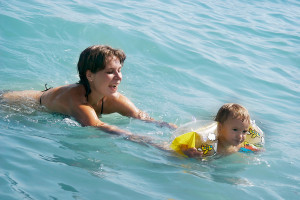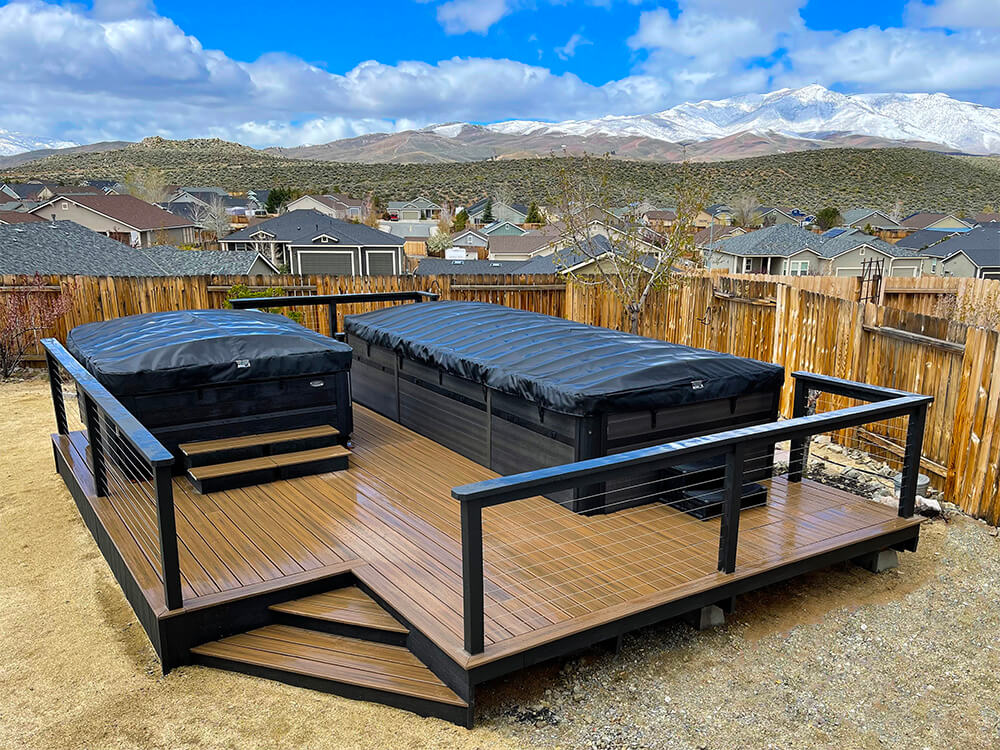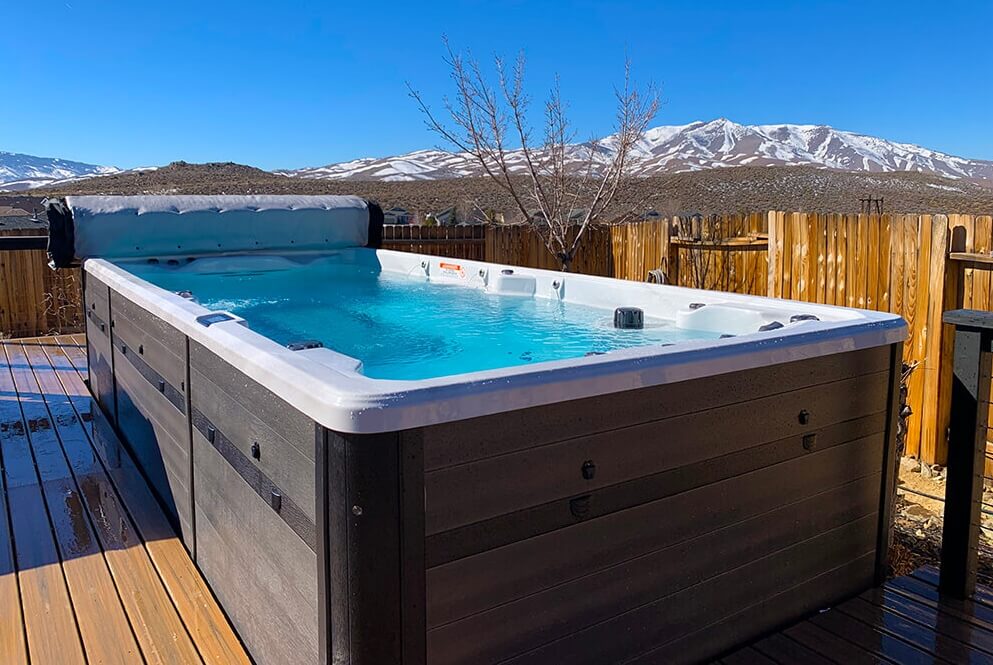A swim spa is an amazing addition to your home, offering a luxurious and therapeutic…
Swim Spa Therapy for Special Needs Children & Adults
 Aquatic therapy, via a pool or swim spa, has been proven to be extremely beneficial as a therapeutic method for children and adults with special needs. Especially helpful for sensory-related disorders, aquatic therapy combines agility, coordination, strength, and social interactions to create a sensory-packed experience. If your child enjoys bath time, then chances are he or she will enjoy aquatic therapy. If bath time is a source of terror for your child, then certain methods will help him or her to conquer these sensory aversions.
Aquatic therapy, via a pool or swim spa, has been proven to be extremely beneficial as a therapeutic method for children and adults with special needs. Especially helpful for sensory-related disorders, aquatic therapy combines agility, coordination, strength, and social interactions to create a sensory-packed experience. If your child enjoys bath time, then chances are he or she will enjoy aquatic therapy. If bath time is a source of terror for your child, then certain methods will help him or her to conquer these sensory aversions.
While there are many categorical ranges of special needs, most commonly these children and adults need assistance improving their coordination. Water’s buoyancy creates a safe, pressurized environment for learning or re-learning how to crawl, roll, walk, kick, and jump.
Another positive aspect of aquatic therapy is parallel play. Parallel play involves a child or adult working alongside an instructor or another child, but not interacting with him or her. Water provides a variety of occasions in which parallel play can be utilized; for instance, kicking alongside each other while using a pool noodle, or throwing an object down to the bottom and then retrieving it. Aquatic therapy students can master various agility exercises without the pressure of coupling physical movements with social interactions.
Once a child or adult with special needs has mastered aspects of parallel play, elements of social interaction can be included. Adding a partner to aquatic therapy enables children or adults who may be non-verbal or verbally impaired to explore social relations in a safe environment. Examples of aquatic social play include playing “tag,” racing, and even the perennially-favorite game “Marco Polo.” Each element can incorporate some variant of “ready, set, go!” in order to coax a non-verbal child into mimicking the phrase.
If your student has an loathing for water, aquatic therapy is an excellent way to introduce coping methods for aversions. Led by a trusted instructor, frightened students can simply put a foot or hand in the water and explore the sensory experience. Graduating from that, water can be splashed on the student to show that there is no danger in immersing oneself almost fully. Further immersion includes holding one’s breath and then going underwater after the student is comfortable with the environment. Aquatic therapy lends itself very well to building up a nervous student’s confidence as they overcome their fears.
Aquatic therapy can be done in nearly any body of water, although a pool or swim spa is best. A swim spa is ideal in that it is always “open” and accessible; the smaller size may also encourage nervous students to feel safer. If you are contemplating purchasing a swim spa for your own personal use or for your company, then the payback will make your investment worth it. Seeing your child with special needs or another child with special needs smile for the first time as they paddle through water is a priceless experience. Explore our site to see just how End 2 End Swim Spa Covers can protect your investment and lead to years of healthy fun.



This Post Has 0 Comments